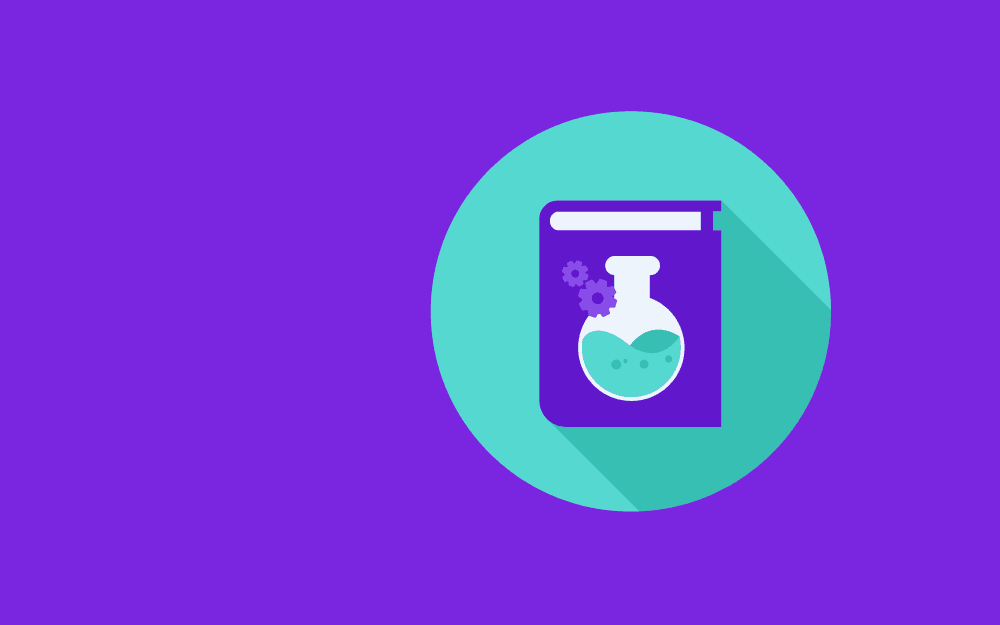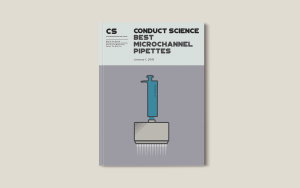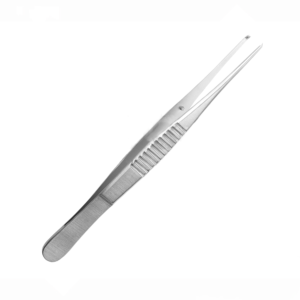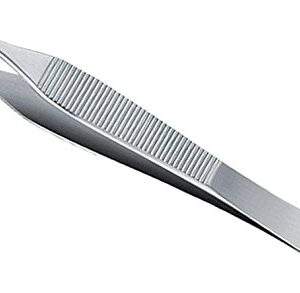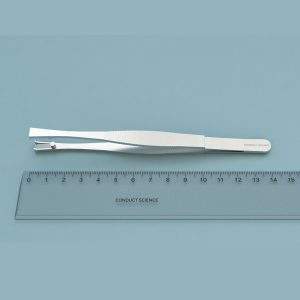Introduction
Glass bioreactors are instruments that provide the biologically active environment to cultivate cells or tissues in a controlled environment. Aeration, agitation, pH, and temperature are all controlled within the apparatus. It converts the starting material (substrate or raw material) into a product by carrying out one or more biochemical reactions with the help of a biocatalyst.
The starting material can be inorganic material (e.g., carbon dioxide), organic material (e.g., sugar), or a poorly defined complex material (e.g., animal manure or meat). The product may be chemicals, cells, or viruses. A drain or overflow vent of the apparatus is used to remove the biomass waste of cultured microorganisms with their products.
Bioreactors are used in various industrial processes, including the production of chemicals, vaccines, pharmaceuticals, antibodies, and tissues used in medicine. A wide variety of nutrients are used to run the operation. For example, water, glucose, carbon, nitrogen, phosphorous, salts, and trace elements. Glass bioreactors are the most common benchtop bioreactors used due to their lower cost, easy operation, and processes can be seen from outside due to their transparent nature. They are usually smaller compared to other bioreactors and can be placed in an autoclave for sterilization.
Apparatus
It consists of various components, including an agitator system, a foam control system, an oxygen delivery system, a pH control system, a temperature system, cleaning, sampling ports, and a sterilization system. It is also equipped with lines for charging and emptying the reactor.
The agitator is used to mix the contents of a reactor and keeps the cells perfectly homogeneous. A baffle disrupts the vessel’s vortex production, which is undesired since it shifts the center of gravity of the process and uses more power. The sparger delivers appropriate oxygen to the developing cells during the aerobic process. The jacket ensures a constant temperature.
Principle
The principle consists of mainly 3 phases (upstream processing, bioreaction, and downstream processing) to turn the raw material into the final product. Chemical hydrolysis, preparation of liquid medium, particle separation, air purification, and many other preparatory procedures are involved in Upstream processing. The resultant feed is sent to one or more bioreaction stages after being processed upstream; biomass production, metabolite biosynthesis, and biotransformation make up the bulk of the bioreaction. Finally, downstream processing is required to transform the bioreactor-generated material into the final product. It also includes physical separation activities, such as solid-liquid separation, adsorption, liquid-liquid extraction, distillation, drying, etc.
Protocol
Set-Up The Culture Vessel
Check the culture vessel thoroughly. Do not sterilize a broken or contaminated culture vessel. In addition, ensure that you have installed, connected, and secured any sensors, gas inputs, correction reagents, and ports for sample or cell harvesting, as mandated by the process demands. Once the bioreactor has been autoclaved, all alterations made must be conducted carefully using a sterile cabinet.
Install And Calibrate the Sensors
Assemble the bioreactor and put the pO2 sensor in it. Configure the bioreactor and add the turbidity sensor to it. Set and calibrate your pH sensor according to instructions provided by the operating unit and the control unit. Install the pH sensor in the bioreactor once removed from the base unit and cooled down.
Autoclave The Bioreactors Vessel
Autoclave the vessel at 121 °C for 20 to 30 minutes.
Add Media and Prepare the Bioreactor for The Cultivation
Initiate the bioreactor by turning on the stirrer and temperature control system and ensuring that they are appropriately calibrated. Re-calibrate your pO2 sensor, pH sensor, and turbidity sensor as soon as you achieve your target values so that you don’t have to make any more adjustments.
Place the inoculum in an appropriate vessel. For inoculation, use the port-compatible syringe to inoculate the bioreactor.
Monitor the process closely to check for any unusual activities.
Termination of the process
It is necessary to disinfect and clean the bioreactor after completing the bioprocess.
Applications
Glass bioreactors are used in various biological processes, for example, in the production of vaccines, antibodies, pharmaceuticals, and in the bioconversion of corn into ethanol. The use of bioreactors in tissue engineering and regenerative medicine is very promising. Cell culturing for therapeutic production and in vitro organ modeling are a few of the many applications for which these devices may be put to good use.
Banerjee et al. (2022) used a bioreactor to evaluate the performance of indigenous ceramic ultrafiltration membranes for highly polluted tannery wastewater treatment. In another study, Vidal and Sánchez (2019) explored the use of bioreactors to overcome the recalcitrance of many trees to micropropagation and/or minimize the expense of large‐scale propagation.
Baba, Mikhailov, and Sankai (2021) used a bioreactor to create tissue-engineered vascular grafts. Reconstructive surgery employs tissue-engineered vascular grafts (TEVG) to repair blood vessels with small diameters.
Strengths and Limitations
Strengths
Water, gases, and acidic solutions are all resistant to corrosion in the glass bioreactors; as a result, the instrument can survive for many years without losing its quality. Due to the glass reactors’ flat surfaces, they are easy to clean. The glass surfaces are also resistant to the buildup of viscous products or other sticky substances during the reactions. They endure a wide spectrum of reactions because of their chemical and thermal stability. Glass bioreactors allow you to observe every phase of the reaction process and effectively carry out the operation. It is possible to conduct chemical reactions in glass bioreactors at high temperatures and pressures, allowing for heat transfers.
Limitations
Certain metals are readily dissolved in very aggressive reaction processes, which affects their ability to purify the reaction solutions. Nickel, chromium, and copper are among the metals that may dissolve readily at high heat or pressure, resulting in contamination of your goods.
Precautions
- Prevent using the agitator with liquids at the blade level to avoid agitator issues.
- When working with glass bioreactors, only use certified instruments.
- Remove any product buildup and clean the bottom exit nozzle routinely.
- Use scratch-free materials. Only operate the instrument at the given pressure and temperature ranges to prevent damage.
- Knowing the limits of your equipment is essential to ensuring your safety and efficiency when utilizing it. Design constraints printed on each vessel’s nameplate should never be exceeded. Several components need to be considered when defining maximum pressure and temperature operating limits. These include mechanical seals, valves, optical sight glasses, and more.
- Thermal shock is a particularly dangerous hazard to look out for a while running your vessel since it may cause the instrument to lose its structural integrity.
- Regular repair and maintenance and following operating and mixing recommendations can help you prolong the life of your vessel and increase process efficiency.
- Appropriate care should be taken when glass bioreactors are employed in cell culture research during monoclonal antibody synthesis.
Summary
- Glass bioreactors provide a biologically active environment to cultivate cells or tissues.
- A typical bioreactor comprises various components such as an agitator, baffle, sparger and jacket.
- Glass bioreactors are the most common benchtop bioreactor. They are most commonly used due to their lower cost, easy operation, and the process can be seen from outside due to their transparent nature.
- It converts the starting material (substrate or raw material) into a product by carrying out one or more biochemical reactions with the help of a biocatalyst.
- Glass bioreactors are used in various biological processes, for example, In the production of vaccines, antibodies, pharmaceuticals, and in the bioconversion of corn into ethanol.
- Certain metals are readily dissolved in very aggressive reaction processes, which affects their ability to purify the reaction solutions.
- Water, gases, and acidic solutions are all resistant to corrosion in the glass bioreactors; as a result, the instrument can survive for many years without losing its quality.
References
Mallaney, M., Wang, S., & Sreedhara, A. (2014). Effect of ambient light on monoclonal antibody product quality during small-scale mammalian cell culture process in clear glass bioreactors. Biotechnology Progress, 30(3), 562–570. https://doi.org/10.1002/btpr.1920
Banerjee, S., Santra, B., Kar, S., Banerjee, D., Ghosh, S., & Majumdar, S. (2022). Performance assessment of the indigenous ceramic UF membrane in bioreactor process for highly polluted tannery wastewater treatment. Environmental Science and Pollution Research. https://doi.org/10.1007/s11356-022-19258-z
Vidal, N., & Sánchez, C. (2019). Use of bioreactor systems in the propagation of forest trees. Engineering in Life Sciences, 19(12), 896–915. https://doi.org/10.1002/elsc.201900041
Baba, K., Mikhailov, A., & Sankai, Y. (2021). Dynamic flow priming programs allow tuning up the cell layers properties for engineered vascular graft. Scientific Reports, 11(1). https://doi.org/10.1038/s41598-021-94023-9


